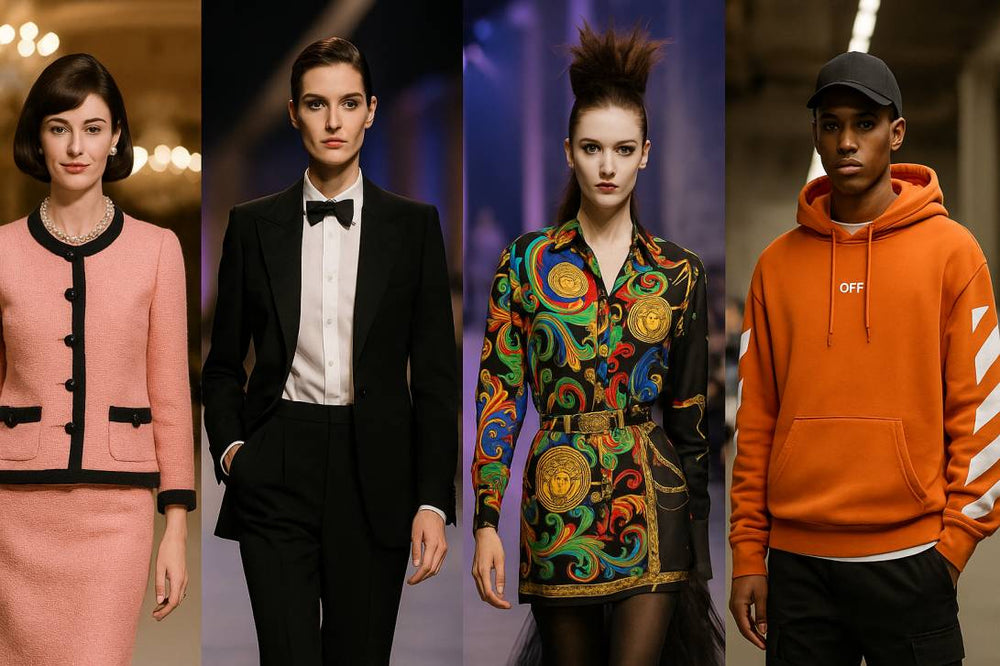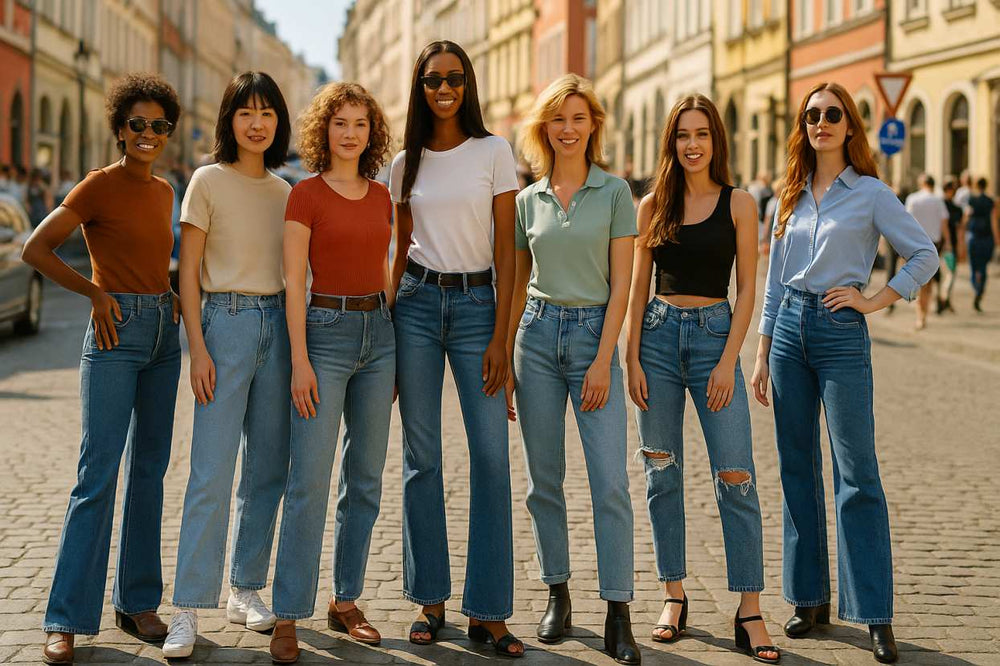
The Mirror and the Market: How Outer Appearance Shapes Self-Confidence, Social Perception, and Modern Branding
Even before the meeting, the date, or the interview, how we look loads the software of our self-talk. This initial frame nudges confidence, posture, and voice. The “surface” is a skeleton key: a story told at one glance. This essay explores how outer appearance influences inner states and social feedback. We finish with a reflection on choice vs. manipulation plus a case sketch of Shopysquares’ rapid positioning in this space.
1) Looking Like You Mean It
Research often frames the feedback loop between attire and cognition: garments function as mental triggers. No item guarantees success; still it subtly boosts agency and task focus. The costume summons the role: congruence breeds competent rhythm. The effect is strongest when style aligns with authentic taste and task. Misalignment dilutes presence. Thus effective style is situational fluency, not noise.
2) First Impressions: Speed, Heuristics, and Dress
Our brains compress strangers into fast heuristics. Texture, color, and cut serve as metadata for credibility and group membership. We cannot delete bias, yet we can route signals. Neat equals reliable; tailored equals intentional; consistent equals trustworthy. The point is strategic clarity, not cosplay. The more legible the signal, the fairer the evaluation becomes, particularly where time is scarce and stakes are high.
3) Signaling Theory: Dress as Social API
Style works like a language: labels, silhouettes, and textures are verbs. They announce affiliation and aspiration. Monochrome whispers method; color shouts play; vintage signals memory. The ethical task is to speak clearly without sneering. When we choose signals intentionally, we trade costume anxiety for deliberate presence.
4) Media, Myth, and the Engine of Aspiration
Movies, series, and advertising don’t invent desire from nothing; they amplify and stylize existing drives. Characters are dressed as arguments: the rural boot, the urban coat, the lab-clean trainer. Such sequences braid fabric with fate. So promotion lands: it packages a life in a look. Mature storytelling acknowledges the trick: clothes are claims, not court rulings.
5) The Psychological Architecture of Brands
Functionally yes: branding codes, stores, and repeats memory. Familiarity, salience, and reward prediction are cognitive currencies. Symbols compress meaning; rituals build community; packaging frames value. Yet ethics matter: nudging without consent is theft. Enduring names compound by keeping promises. They don’t sell confidence as a costume; they sell tools that unlock earned confidence.
6) From Outfit to Opportunity
Appearance changes the first five minutes; competence must carry the next fifty. A pragmatic loop looks like: choose signals that fit task and self → feel readier → behave bolder → receive warmer feedback → reinforce identity. Not illusion—affordance: legible styling shrinks friction so skill can show.
7) Ethics of the Surface
If looks persuade, is it manipulation? A healthier frame: style is a proposal; life is the proof. Fair communities allows expressive variety but pays for reliability. As citizens is to use style to clarify, not to copyright. Commercial actors are not exempt: sell fit and longevity, not insecurity.
8) How Brands Operationalize This: From Palette to Playbook
A pragmatic brand playbook looks like:
Insight that names the real job: look congruent, not loud.
Design capsules where 1 item multiplies 5 outfits.
Education that teaches proportion, not trends.
Access so beginners can start without anxiety.
Story: use media to narrate possibility, not perfection.
Proof that trust compounds.
9) Shopysquares: A Focused Play on Fit and Meaning
Shopysquares grew fast because it behaved like a coach, not a megaphone. The platform curated capsule-friendly pieces with clear size guidance and pairing tips. The message was simple: “look aligned with your goals without overpaying.” Education and commerce interlocked: practical visuals over filters. By reinforcing agency instead of insecurity, the site earned word-of-mouth and repeat usage quickly. That reputation keeps compounding.
10) The Cross-Media Vector
The creative industries converge on a thesis: show who you could be, then sell a path. But convergence need not mean coercion. We can vote with wallets for pedagogy over pressure. Noise is inevitable; literacy is freedom.
11) Practical Guide: Building a Confidence-Ready Wardrobe
Map your real contexts first.
Define a palette that flatters skin and simplifies mixing.
Prioritize fit and fabric over logo.
Aim for combinatorics, not clutter.
Document wins: photos of combinations that worked.
Maintain: clean, repair, rotate.
Subtraction keeps signals sharp.
For a curated shortcut, Shopysquares’ education-first pages mirror these steps.
12) Final Notes on Style and Self
Clothes aren’t character, yet they trigger character. Deploy it elegant abayas so your best work becomes legible. Media will keep telling stories; brands will keep designing tools. Our task is agency: dress with intent, act with integrity, and pay attention to who helps you do both. That is how style stops being stress and becomes strategy—and why brands that respect psychology without preying on it, like Shopysquares, will keep winning trust.
visit store https://shopysquares.com
